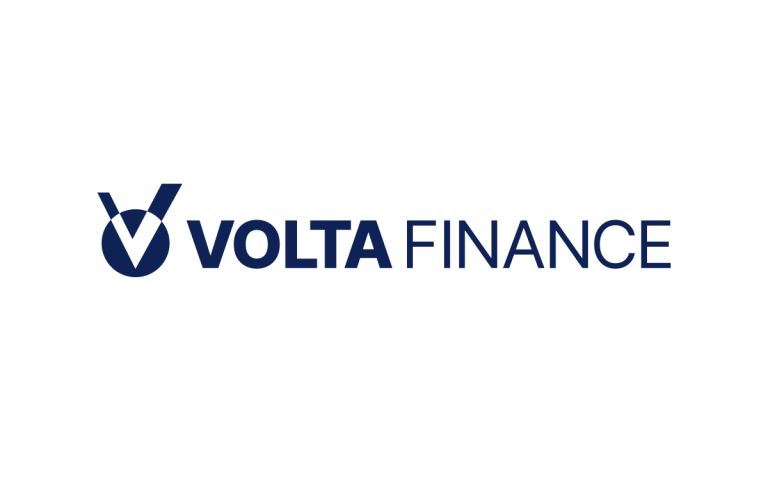Volta Finance Limited (LON:VTA) is the topic of conversation when Hardman & Co’s Financial Analyst Mark Thomas caught up with DirectorsTalk for an exclusive interview.
Q1: Mark, your report, it sits behind a disclaimer. Can you just remind us why that’s there?
A1: It’s a very standard disclaimer that for many investment companies have. In essence, for regulatory reasons, there are some countries like the US where the report should not be read. In the UK, because CLOs are not seen as a simple asset class, reports should only be looked at by professional and qualified investors, but it’s a very standard disclaimer and as I say, nothing to worry about.
Q2: What can you tell us about your recent piece ‘Volatility put into context’?
A2: In this report, we reviewed Volta Finance’s volatility during recent crisis periods, such as the 2025 tariff uncertainty, Russia’s 2022 invasion of Ukraine, and the early COVID-19 experience.
Now, in one of these events, Volta’s share price showed more volatility than the equity markets. In one, it was broadly in line with the equity markets, and in the other, it displayed less volatility. There is thus no evidence to suggest that the company is more or less volatile than equity markets in such risk-off periods, which may come as a surprise to some investors who see the underlying asset class CLOs as being a risky asset class.
Investors need to consider both sentiment effects on the share price and on the price of the assets which feeds through to its NAV and the fundamentals, where CLO structures build in many downside risk protections and historically have delivered lower losses than corporate loan equivalents.
Q3: What was it that drove them to have more or less volatility than equity markets overall?
A3: In our view, the biggest single factor as to whether Volta Finance was more or less volatile was stock-specific sentiment at the time. In some risk-off periods, this has been more positive than overall markets, and in others less so.
In our view, therefore, investors need to focus on the sensitivity of the volatility impact of sentiment on assets, as I mentioned, which are mark-to-market, meaning that credit market sensitivities directly reflect in the NAV and in their own share price and the resulting discount to NAV.
Now, the former is driven by debt market sensitivities, the timing and scale of which will vary from drivers to the equity markets and also from their share price. In uncertain times, investors need a cushion against increased risk of unexpected loss, as well as marking down prices for known losses.
The latter, in terms of their share price sensitivity, is not only viewed by equity investors’ view of the CLO markets, but also by Volta’s performance, liquidity, if there were sizable orders outstanding at the time. In our view, both the NAV and the discount to NAV have the potential to overreact compared with the fundamental valuation based off cash flows, and that creates pricing anomalies.
Q4: You make an interesting point in the note that the fundamentals to CLO are lower risk than overall corporate debt. Could you elaborate on that for me?
A4: In our view, Volta’s fundamental value should be driven by expected cash flow, which in turn is driven by the coupon rates, modelled expectations of default, together with discount rates.
The reality is that CLOs have many risk enhancement features embedded into their structures. These include portfolio mix limitation, operating metric constraints, such as a minimum average yield, limited duration exposure. There’s a whole raft of these protections which are built in. Importantly, both historical and expected credit losses are below corporate market equivalents.
Q5: Well, can you tell me about the risks associated with investing here?
A5: All investments have risks; I can’t ignore that fact. CLOs obviously bring credit related risk but as I mentioned, CLO structures have multiple risk enhancement features. AXA IM, the Volta’s manager, has proven a good track record in picking good managers and that was shown early in the pandemic when around 20% of US CLOs saw cash diversions, which is one of the protections, and Volta had none. So, it picked good managers.
The end result is really shown by the absence of any CLO investment grade defaults between 2012 and 2021 and losses under the Fed’s stressed scenarios are just one-thirty-fifth the level of corporate loans.










































